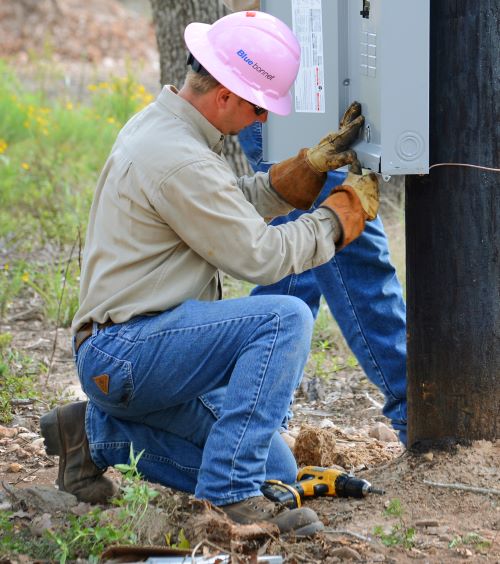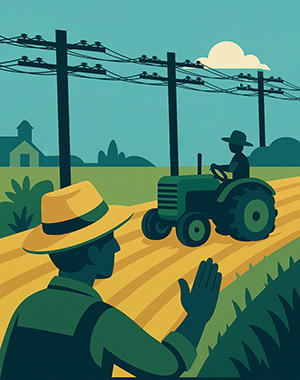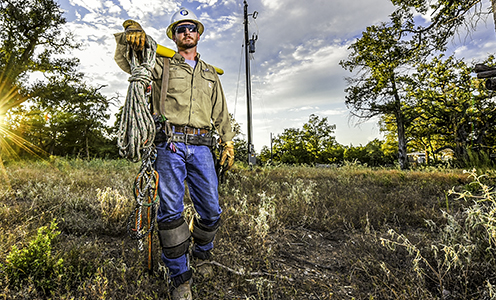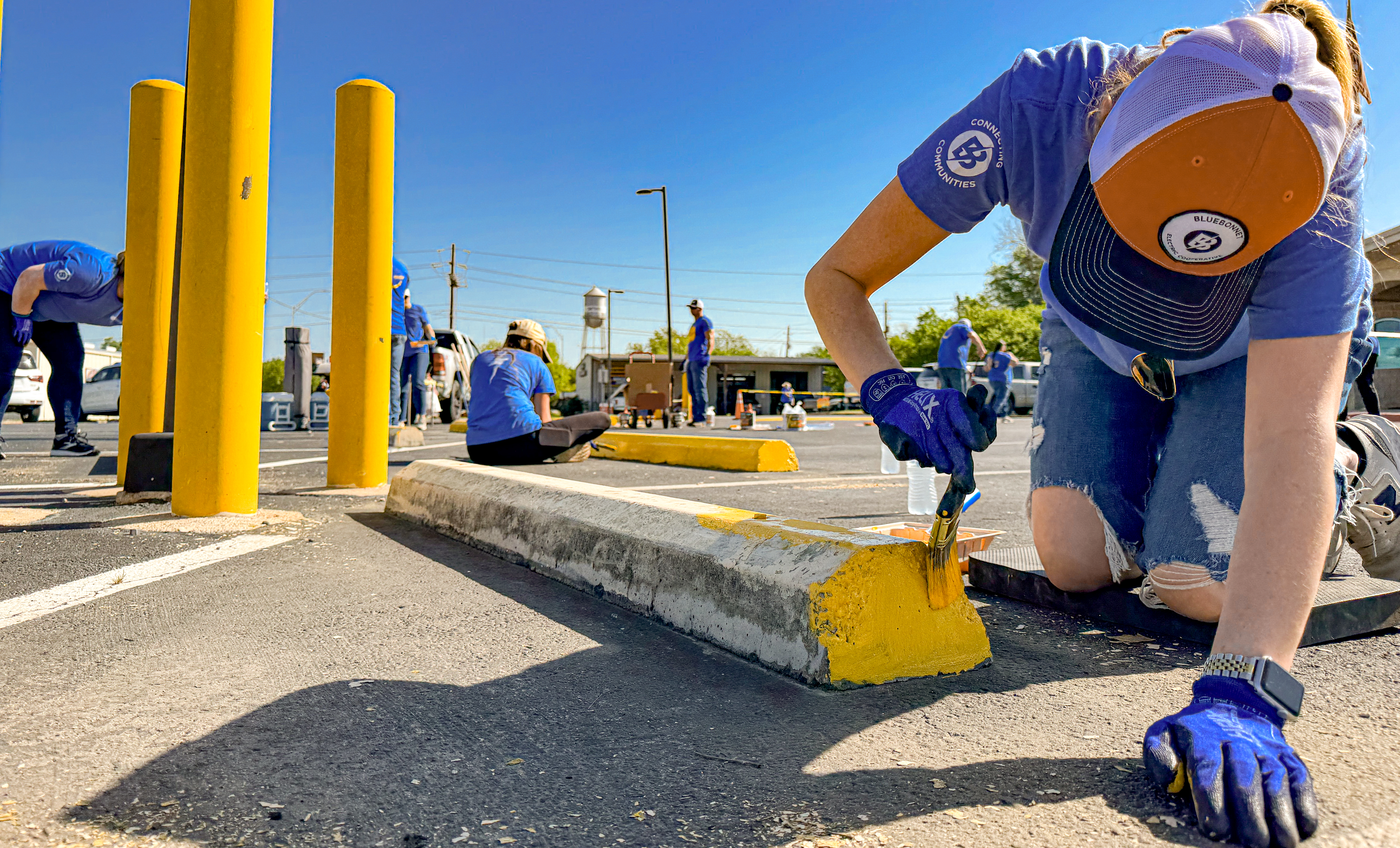First responders of the Bluebonnet region
Recent news
Bluebonnet Electric Cooperative’s Board of directors unanimously approved the grants during its September Board meeting and grants will be awarded in October.
“These departments are dedicated to serving Bluebonnet members and our communities," said Matt Bentke, Bluebonnet’s general manager. “Our lineworkers and control center operators appreciate the partnership and quick response of firefighters and first responders during emergencies. Their work is vital to keeping our members and employees safe.”
The grants will support the firefighters and first responders who devote their time, skill and courage to keeping communities safe. They help cover essential costs such as fuel, equipment, repairs and other critical needs identified by each department.
“Bluebonnet is honored to support our area fire departments, whose commitment to protecting and serving our communities is truly exceptional,” said Ben Flencher, Chairman of Bluebonnet’s Board of Directors. “The women and men who serve and volunteer with these departments deserve our deepest gratitude and continued support.”
Money for the fire department grants does not come from Bluebonnet members’ bill payments or rates. They are funded through unclaimed capital credit payments to former members that are returned to Bluebonnet from the State of Texas.
Bluebonnet buildings, vehicles and employees go pink in October to support the fight against breast cancer
For the 13th consecutive year, Bluebonnet Electric Cooperative's buildings, vehicles and employees will be illuminated in pink during October to raise awareness of National Breast Cancer Awareness Month.

Throughout October, Bluebonnet's member service centers in Bastrop, Brenham, Giddings, Lockhart and Manor will glow pink at night. Bluebonnet field crews will wear pink hard hats and service trucks will display pink ribbon decals.
Members can visit Bluebonnet's member service centers to receive a pink ribbon pin.
“Bluebonnet is proud to be one of the many organizations across Central Texas that participate in raising awareness every October,” said Matt Bentke, Bluebonnet’s general manager. “We encourage everyone to learn more about early detection, preventive measures, and signs and symptoms of breast cancer. It could make the difference in your life, or the life of someone you love.”
To learn more about breast cancer, visit the National Cancer Institute’s website at cancer.gov, the American Cancer Society at cancer.org, the National Breast Cancer Foundation at nationalbreastcancer.org or the Susan G. Komen Foundation at komen.org.
Farm Safety Week, year-round awareness
Farm Safety and Health Week is Sept. 21–27, a time to recognize the importance of safety in agriculture and raise awareness about the hazards farmers face every day. While this designated week serves as an important reminder, safety on the farm should be a year-round priority.
CHECK OUT OUR STORY ABOUT HIGH-TECH FARM INNOVATIONS HERE.
Farm accidents involving equipment and utility infrastructure can result in injuries, deaths and power outages. Among the most common incidents are collisions between tractors or other machinery and power lines or utility poles. While these accidents can have serious consequences, many are preventable with caution, awareness and safe operating practices.
Farm electrical safety tips
- Maintain a safe distance. Keep at least 10 feet of clearance from all utility equipment in all directions.
- Use spotters and flags. Spotters and visible markers provide guidance and awareness to help farmers safely navigate around electrical hazards.
- Know what to do if you make contact. If your equipment touches a power line, stay inside and call 911.
- Treat all equipment as conductive. Materials such as lumber, hay, tree limbs, irrigation pipes and bulk goods can carry electricity — keep them away from power lines.
— From the National Rural Electric Cooperative Association





